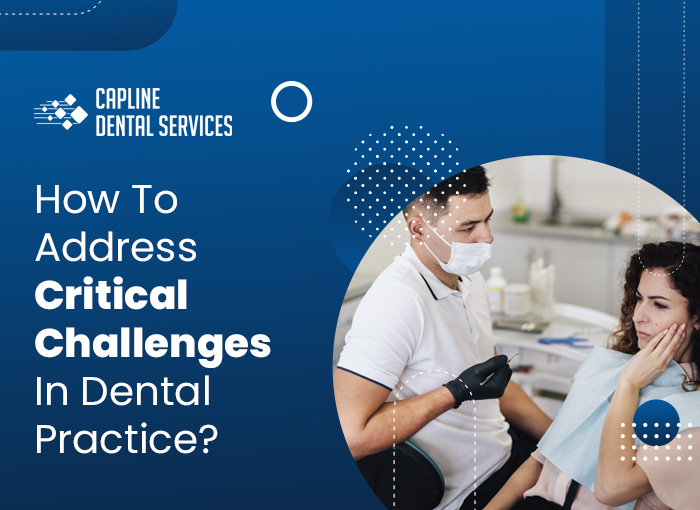
Every dental practice has complications resulting in taking a step back to restructuring or reevaluating the professional and business side of things. Dentistry is constantly evolving so are the solutions to avoid dental practice burnout. Here is a list of some critical challenges in dental practice. This article also provides solutions to overcome them and continue a profitable dental practice.
Marketing Campaigning
Finding new patients, do you have a regular stream of new patients coming to the office? If not, the desire to prove that the practice is reliable, you may have to start marketing campaigns to spread the word that can significantly impact the dental practice.
The best way to start the campaign is to have an online presence for the business. Through Google search, potential clients can find the dental practice. To maximize the use of this feature, update the contact number, and provide the exact location so that they can easily find the place and avail of the service.
Fees
How much a patient affords and how much the dental practitioner charges for a particular service is a dilemma, and because of this, most practitioners are in a challenging situation. Running professional care and business goes together. The practitioner cannot help the patient if they undercharge. The patient gets the best care, but the dental practice needs the revenue to keep it running.
To understand if the fees of your dental practice are fair or not, the dental team has to gain insight into the people's financial health around your dental practice location. To have a competitive edge by inquiring about other dental practitioners' charges for the same service. It will establish a standard fee structure in the area.
Patient issues
The patient must comply with the treatment to get the best out of the service, or else everything gets messed up in any way. The patient's dental negligence could be because of financial constraints, insufficient knowledge about the procedure, or less importance of the treatment.
It is common among patients to have a lack of understanding of oral diseases. Additionally, some patients want the cure in one go and relieve them from the pain. Sometimes this misconception leads to patient non-compliance, which needs to get addressed. It is not going to be just cleaning and repairing. In between, there are a few layers of the process.
Another instance of a patient issue is the financial constraint, such as the insurer covering the professional cleaning twice a year, which is not enough for patients having gum disease. Instead, they need a three-month cleaning schedule, which they avoid and wait another three-month for the insurer to cover. By that time, it gets worse and costs more.
To overcome this challenge by not being edgy, you can encourage the patients to hold on to the treatment through the following ways:
Information is the key
Educating them and filling their cup with knowledge about their condition and how this treatment will help them. Not everyone is familiar with biological terms or scientific reasons, and therefore, providing them with informative brochures, posters, flyers, etc., to read in the waiting place or to take home can work wonders.
Offering payment options
Dental treatments are expensive, and because of that, most patients do not end up coming to the clinic. It is reasonable for the patient to have payment plans with lighter monthly payments that fit this additional cost with their monthly budget.
Home remedies and follow-ups
Maintaining dental hygiene is the best way to avoid oral diseases. The dental practice can advise them on the latest dental hygiene kit and how this can be beneficial to keep the mouth clean. A gentle reminder about the upcoming scheduled procedure and having regular follow-ups to check the condition is an additional benefit the practice can provide. The patient will appreciate this gesture of support with their treatment.
Work-life balance
It can be overwhelming with mundane and time-consuming practice hours. To keep running the practice, most dental practitioners work overtime, which leads to stress-induced environmental burnout problems. Therefore, to have more flexibility and diverse options to reduce stress and have a healthy work-life balance.
Working with community health programs or teaching part-time can help you carve out time to do things you enjoy and maintain a healthy mindset.